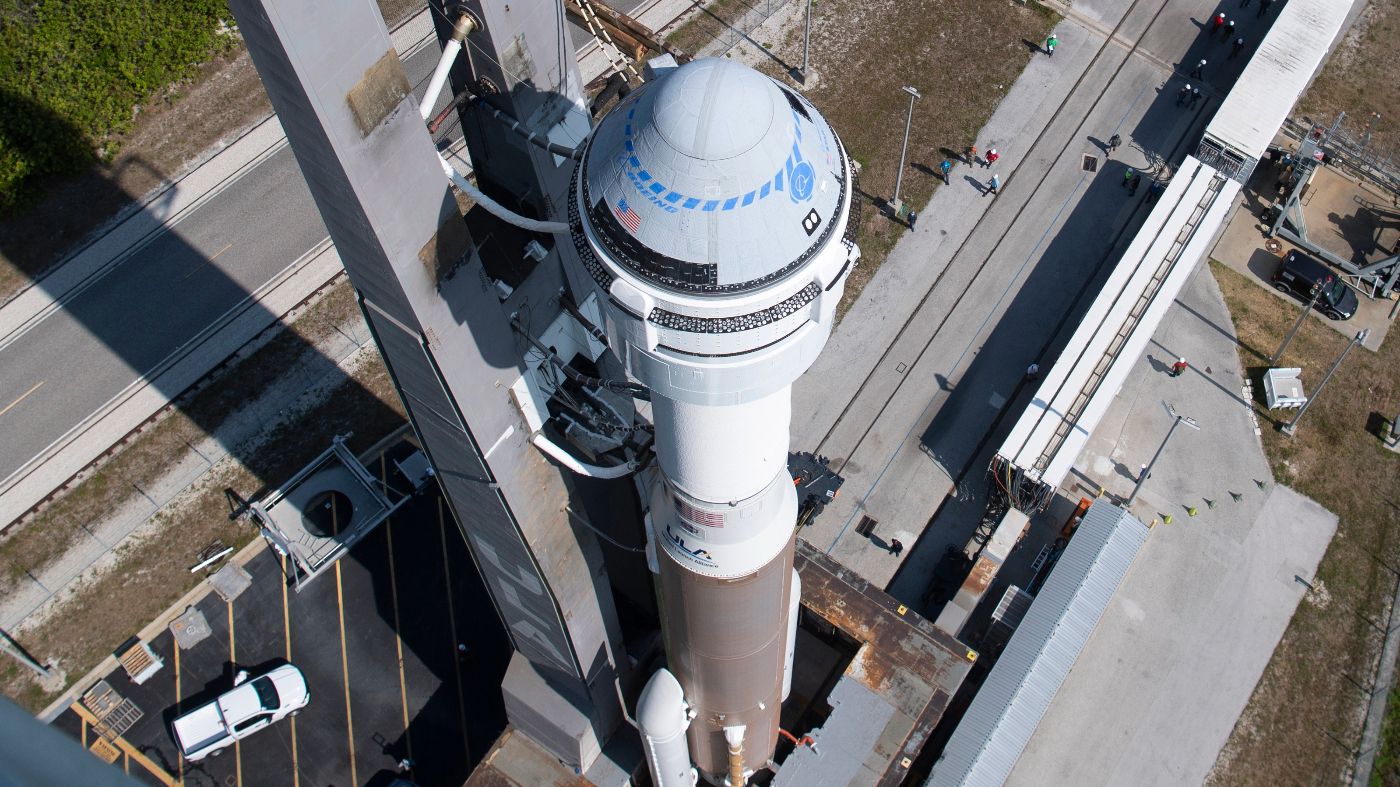The Starliner Launch: A New Era in Space Exploration
The Boeing CST-100 Starliner Launch is an integral part of NASA’s Commercial Crew Program, designed to transport astronauts to and from the International Space Station (ISS). As a next-generation spacecraft, Starliner represents a significant leap in space exploration technology, providing a commercial solution to human spaceflight and reducing reliance on foreign spacecraft. This article explores the development, mission objectives, and significance of the Starliner launch, highlighting its role in shaping the future of space travel.

The Development of Starliner Launch
The journey of Starliner Launch began in 2010 when NASA initiated the Commercial Crew Program (CCP) to foster partnerships with private companies for the development of spacecraft capable of carrying astronauts to the ISS. Boeing was awarded a contract in 2014 to develop the CST-100 Starliner, alongside SpaceX’s Crew Dragon.
Starliner Launch is designed to be a reusable spacecraft, capable of flying up to ten missions with minimal refurbishment between flights. It can accommodate up to seven passengers or a combination of crew and cargo. The spacecraft is equipped with advanced avionics, life support systems, and safety features to ensure the well-being of its crew.
Mission Objectives
The primary objective of the Starliner missions is to provide safe, reliable, and cost-effective transportation for astronauts to and from the ISS. Key mission goals include:
- Crew TransportationStarliner is designed to carry NASA and international partner astronauts to the ISS, supporting ongoing scientific research and maintenance activities. By providing a commercial solution, Starliner Launch helps ensure continuous human presence in low Earth orbit.
- Cargo DeliveryIn addition to crew transport, Starliner can carry scientific experiments, supplies, and equipment to the ISS. This dual capability enhances the efficiency of missions and supports the diverse needs of the space station.
- Demonstrating ReusabilityA crucial aspect of the Starliner program is demonstrating the reusability of the spacecraft. Reusable spacecraft reduce the cost of space missions and increase the frequency of flights, contributing to the sustainability of human space exploration.
- Enhancing SafetyStarliner Launch incorporates several safety features, including an abort system that can rapidly separate the spacecraft from the launch vehicle in case of an emergency. This ensures the safety of the crew throughout the mission.
The Launch Process

- Preparation and IntegrationThe preparation for a Starliner launch involves extensive testing and integration of the spacecraft with its launch vehicle, the United Launch Alliance (ULA) Atlas V rocket. Engineers conduct rigorous checks on all systems to ensure they function correctly and safely.
- Launch CountdownThe launch countdown is a meticulously planned sequence of events leading up to liftoff. It includes fueling the rocket, final systems checks, and communication verifications. The countdown culminates in the ignition of the Atlas V rocket’s engines and the liftoff of the Starliner spacecraft.
- Ascent and Orbit InsertionOnce launched, the Atlas V rocket propels Starliner Launch into space. The rocket’s stages separate at designated points, with the spacecraft eventually reaching its intended orbit. Starliner then uses its onboard propulsion system to maneuver and align with the ISS for docking.
- Docking with the ISSDocking with the ISS is a critical phase of the mission. Starliner uses a combination of automated and manual systems to approach and attach to the space station. Once docked, astronauts transfer to the ISS, and the spacecraft remains attached until it’s time to return to Earth.
- Return and LandingAfter completing its mission, Starliner undocks from the ISS and begins its return journey. The spacecraft re-enters Earth’s atmosphere, protected by its heat shield. It deploys parachutes to slow its descent and lands safely, typically in the western United States.
The Significance of Starliner Launch
The successful development and launch of Starliner hold several significant implications for the future of space exploration:

Boeing’s Starliner spacecraft, aboard a United Launch Alliance Atlas 5 rocket, is prepared for launch of the Starliner-1 Crew Flight Test (CFT), in Cape Canaveral, Florida, U.S., May 5, 2024. REUTERS/Joe Skipper
- Commercial SpaceflightStarliner represents a major milestone in the commercialization of space. By partnering with private companies like Boeing, NASA can focus on deep space exploration while commercial indratogel entities handle low Earth orbit missions. This model fosters innovation and reduces costs, making space more accessible.
- Reducing Reliance on Foreign SpacecraftSince the retirement of the Space Shuttle in 2011, NASA has relied on Russian Soyuz spacecraft to transport astronauts to the ISS. Starliner provides an American alternative, enhancing national capability and reducing dependence on foreign partners.
- Advancing Human SpaceflightThe development of advanced spacecraft like Starliner paves the way for future human spaceflight missions beyond low Earth orbit. Technologies and lessons learned from Starliner missions will inform the design of spacecraft for missions to the Moon, Mars, and beyond.
- Inspiring Future GenerationsHigh-profile missions like Starliner inspire the next generation of scientists, engineers, and space enthusiasts. The visibility of these missions highlights the possibilities of space exploration and encourages young people to pursue careers in STEM fields.
Challenges and Future Prospects
Despite its successes, the Starliner Launch program has faced several challenges. Early test flights encountered technical issues, such as software glitches and communication problems, which required significant troubleshooting and adjustments. However, these challenges have been addressed through rigorous testing and collaboration between Boeing and NASA.
Looking ahead, the future of the Starliner Launch program is promising. Continued missions to the ISS will refine the spacecraft’s capabilities and reliability. Additionally, Boeing is exploring opportunities for Starliner Launch to support other space missions, including potential partnerships with commercial space stations and lunar exploration initiatives.
Conclusion
The Starliner launch marks a new era in space exploration, demonstrating the potential of commercial partnerships to advance human spaceflight. With its advanced design, reusability, and focus on safety, Starliner Launch is poised to play a crucial role in maintaining a human presence in low Earth orbit and beyond. As we look to the future, the success of Starliner missions will contribute to the broader goals of space exploration, inspiring humanity to reach for the stars.
Read More Article About “Lasagna Recipes: Delicious Variations to Try at Home“













